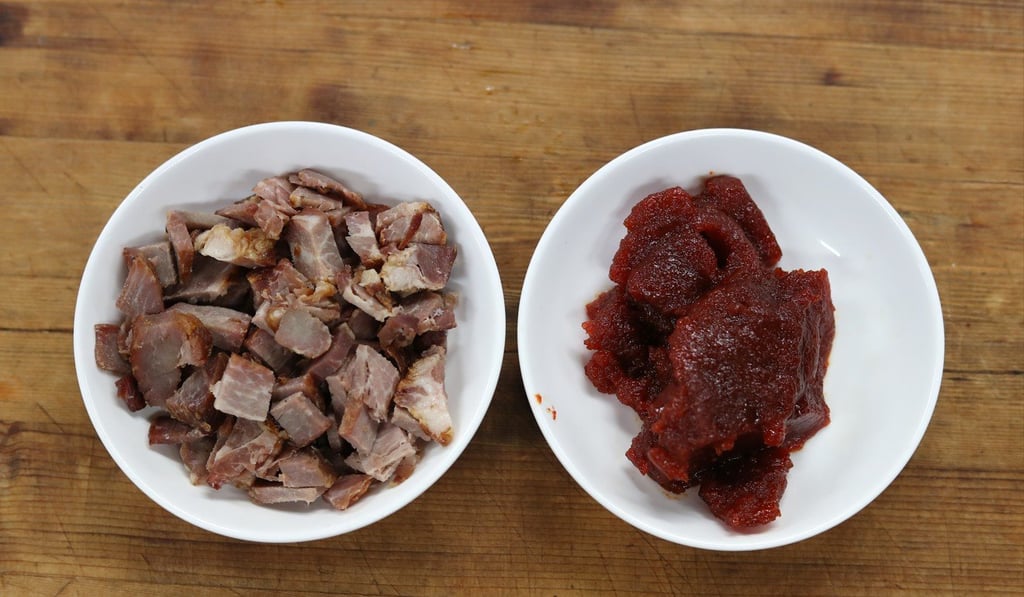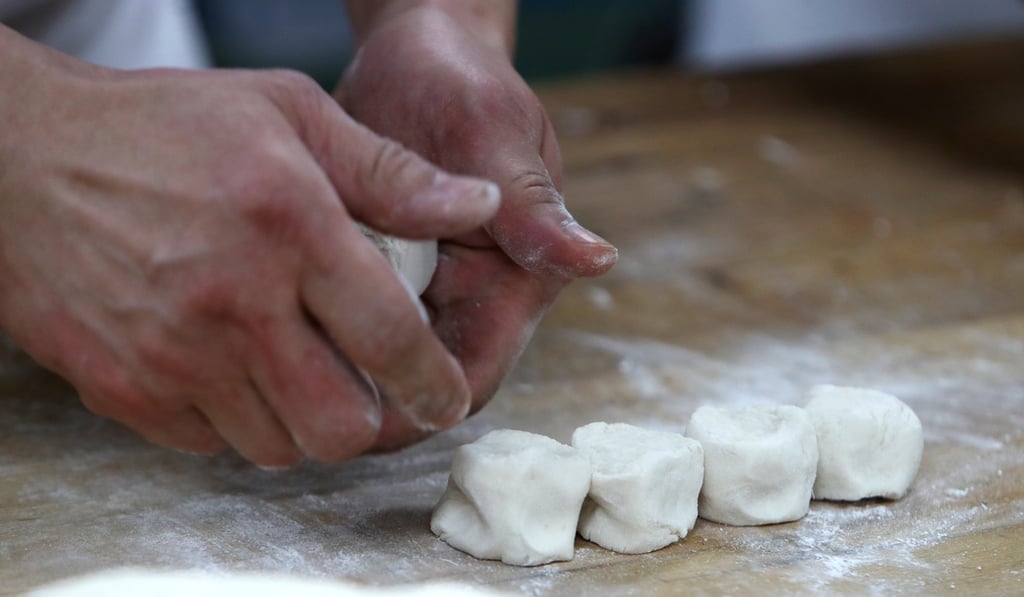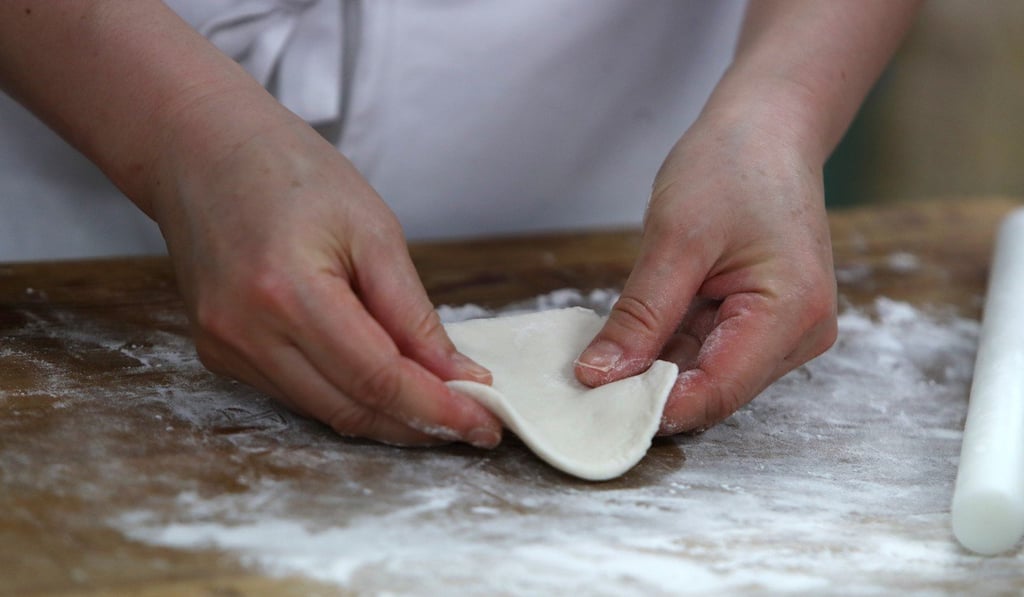Video | How to make char siu bao – not an exploding BBQ pork bun – with a Hong Kong dim sum chef
The fluffy white buns with a sweet meaty filling are a favourite among dim sum diehards. While they take seconds to devour, a lot of work goes into making them. Reporter Bernice Chan gave it a try, with interesting results

When you go for dim sum, it’s hard to resist char siu bao – the fluffy white, steaming hot buns filled with chunks of delicious barbecue pork coated in a sweet sauce.
Six of the best char siu restaurants in Hong Kong
The easy part is eating them; making them is an entirely different matter, as I recently found out when head dim sum chef Leo Tse Lap-ip of Tsui Hang Village in Causeway Bay gave me a quick lesson.
Tse first makes the sauce for the char siu filling; there’s a long list of ingredients, including soy sauce, cooking oil, sesame oil, spring onions, Chinese pepper, gelatin, corn starch and potato starch. The ingredients all need to be boiled together and then cooled down into a thick paste that is then mixed with chunks of char siu.

The dough is then made with ingredients like flour, alkaline water, dough starter and baking powder. I was very surprised to see how much sugar is added to the mixture – perhaps that’s why char siu bao is so delicious.

The dough is left to rest for about half an hour before it is rolled out into a long, thick strand, before Tse sections it off into two-inch pieces. He flattens each one and uses a small rolling pin to thin out the outer diameter of the dough.

Next comes the tricky part of wrapping the bao. I watch Tse put a spoonful of the meat mix in the middle of his mini pancake and then, as if by magic, he seals it together with several small pleats at the top.